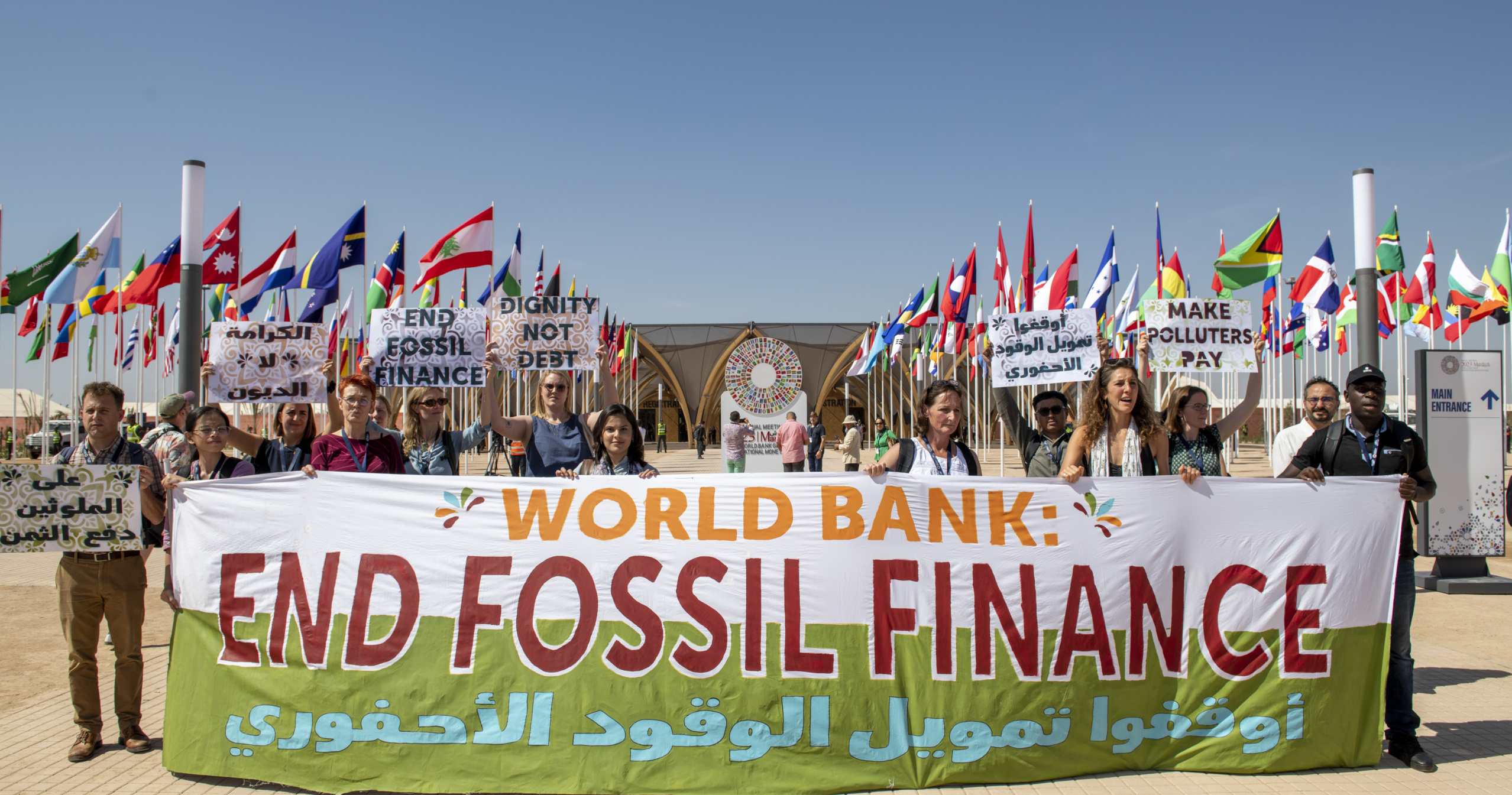Report on Domestic Violence Awareness in the Context of Sustainable Development Goals
Introduction: Survivor Testimony and Global Development Imperatives
October’s designation as Domestic Violence Awareness Month provides a critical opportunity to assess the issue through the framework of the United Nations Sustainable Development Goals (SDGs). The personal account of Samantha Mills, a 15-year Air Force member and survivor of physical, mental, and emotional abuse, highlights the profound individual and societal impacts of domestic violence. Her experience underscores the urgency of addressing this challenge to achieve global development targets, particularly those related to health, equality, and justice.
Analysis through Sustainable Development Goal 5: Gender Equality
Domestic violence is a significant barrier to achieving SDG 5, which aims to achieve gender equality and empower all women and girls. The issue is a direct violation of Target 5.2: “Eliminate all forms of violence against all women and girls in the public and private spheres.”
- Data indicates that women between the ages of 18 and 34 experience the highest rates of intimate partner violence, demonstrating a clear gendered pattern that undermines equality.
- While women are disproportionately affected, reports from the Mankind Initiative show that one in five men have also been victims, indicating that domestic abuse is a widespread societal issue that hinders universal safety and equality.
Implications for Sustainable Development Goal 3: Good Health and Well-being
The consequences of domestic violence directly contravene SDG 3, which seeks to ensure healthy lives and promote well-being for all at all ages. The abuse described by Mills, encompassing physical, mental, and emotional harm, severely compromises victim health.
The survivor’s statement, “If you’re confused you’re being abused,” points to the significant psychological toll of such violence, which directly conflicts with SDG Target 3.4 concerning the promotion of mental health and well-being.
The Role of Institutions in Advancing Sustainable Development Goal 16: Peace, Justice and Strong Institutions
Achieving SDG 16, which promotes peaceful and inclusive societies and provides access to justice for all, relies on the existence of effective and accountable institutions. Support systems for domestic violence victims are a key component of this institutional framework.
- Community-based organizations, such as the Unity House domestic abuse treatment center, provide essential services that contribute to victim safety and justice.
- National resources like the National Domestic Violence Hotline (800-799-7233) represent a critical institutional response to reduce all forms of violence, in line with SDG Target 16.1.
Statistical Overview and Conclusion
The scale of domestic violence presents a formidable challenge to sustainable development. According to the National Domestic Violence Hotline, more than 12 million people are affected by intimate partner violence annually in the United States alone. Addressing this crisis is not merely a matter of social welfare but a prerequisite for making substantive progress on the Sustainable Development Goals, particularly those ensuring gender equality, universal health and well-being, and peaceful, just societies.
Analysis of Sustainable Development Goals in the Article
-
Which SDGs are addressed or connected to the issues highlighted in the article?
The article on domestic violence connects to several Sustainable Development Goals (SDGs) that focus on health, equality, and peace.
-
SDG 5: Gender Equality
This goal is central to the article’s theme. Domestic violence is a significant form of gender-based violence. The article highlights this by sharing a female survivor’s story and providing statistics from the National Domestic Violence Hotline that “Women ages 18 to 24 and 25 to 34 experience the highest rates of partner violence.”
-
SDG 3: Good Health and Well-being
The article directly relates to this goal by discussing the severe health impacts of domestic abuse. The survivor, Samantha Mills, describes enduring “physical, mental, and emotional abuse,” which are critical aspects of health and well-being that this SDG aims to protect and promote.
-
SDG 16: Peace, Justice and Strong Institutions
This goal aims to reduce all forms of violence. The article’s core subject is domestic violence, a widespread form of violence that undermines peace and security within homes and communities. The statistic that “violence from an intimate partner affects more than 12 million people per year” underscores the scale of the violence that this SDG seeks to eliminate.
-
-
What specific targets under those SDGs can be identified based on the article’s content?
The article’s content points to specific targets within the identified SDGs.
-
Target 5.2: Eliminate all forms of violence against all women and girls
This target is directly addressed. The article focuses on Domestic Violence Awareness Month and shares the story of a female survivor of intimate partner violence. The statistics provided on the high rates of violence experienced by women aged 18-34 directly align with the mission to eliminate violence against women.
-
Target 16.1: Significantly reduce all forms of violence and related death rates everywhere
The article’s data from the National Domestic Violence Hotline, stating that over “12 million people per year” are affected by intimate partner violence, speaks directly to the need to reduce this specific form of violence. The inclusion of the statistic that “one in five men have been victims” shows that this is a widespread issue affecting all parts of the population, which this target aims to address.
-
Target 3.4: Promote mental health and well-being
The article’s description of the abuse as “physical, mental, and emotional” directly connects to this target. The survivor’s quote, “If you’re confused you’re being abused,” highlights the psychological impact of domestic violence. The mention of support systems like the “Unity House, a domestic abuse treatment center” and the National Domestic Violence Hotline reinforces the focus on providing resources for mental health and well-being for survivors.
-
-
Are there any indicators mentioned or implied in the article that can be used to measure progress towards the identified targets?
The article provides specific statistics that can serve as indicators for measuring progress.
-
Indicator for Target 5.2 (and 16.1): Prevalence of intimate partner violence
The article provides several data points that align with official indicators like 5.2.1 (Proportion of ever-partnered women and girls subjected to intimate partner violence) and 16.1.3 (Proportion of population subjected to physical, psychological or sexual violence). The specific statistics mentioned are:
- “More than 12 million people per year” affected by intimate partner violence.
- “Women ages 18 to 24 and 25 to 34 experience the highest rates of partner violence.”
- “One in five men have been victims of domestic abuse in their lifetime.”
These figures can be used as baseline data to track reductions in the prevalence of domestic violence over time.
-
Indicator for Target 3.4: Access to support services for mental health
While not a formal quantitative indicator, the article implies the importance of access to support services. It mentions the “Unity House, a domestic abuse treatment center” and provides the number for the “National Domestic Violence Hotline (800-799-7233).” The availability, accessibility, and utilization rates of such services are crucial implied indicators for measuring progress in promoting mental health and well-being for survivors of abuse.
-
-
SDGs, Targets and Indicators Table
SDGs Targets Indicators (Mentioned or Implied in the Article) SDG 5: Gender Equality Target 5.2: Eliminate all forms of violence against all women and girls in the public and private spheres. The prevalence of partner violence, specifically the statistic that “Women ages 18 to 24 and 25 to 34 experience the highest rates of partner violence.” SDG 16: Peace, Justice and Strong Institutions Target 16.1: Significantly reduce all forms of violence and related death rates everywhere. The number of people affected by intimate partner violence (“more than 12 million people per year”) and the proportion of men who have been victims (“one in five men”). SDG 3: Good Health and Well-being Target 3.4: Promote mental health and well-being. The existence and promotion of support services like the “Unity House, a domestic abuse treatment center” and the “National Domestic Violence Hotline” as resources for addressing the “mental, and emotional abuse” described.
Source: cbs6albany.com







